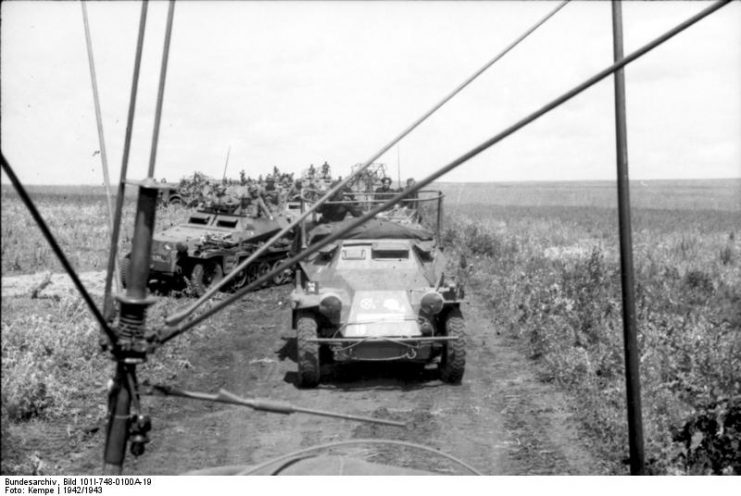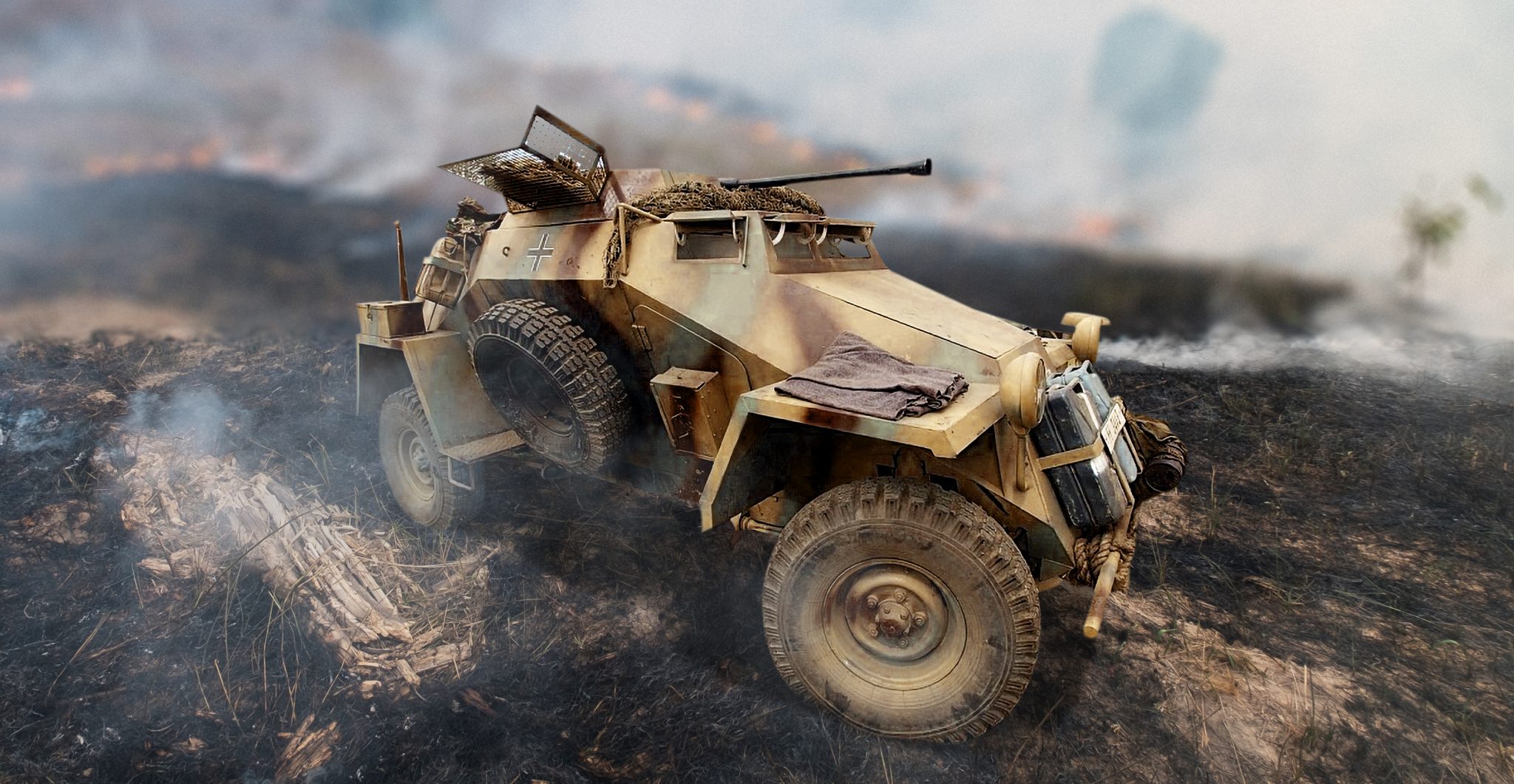Known as the Leichter Panzerspähwagen series, this was a group of German light-armored vehicles intended for use in reconnaissance missions during the Second World War.
These vehicles were created because there was a need for dependable vehicles that were able to run on various grades of fuel and could perform well on all types of terrain.
The first production of reconnaissance armored tanks based on these requirements began in 1935 and was designated Sd Kfz 221.
However, it was deemed inadequately light for its intended purpose. Consequently, a new variant was built using a standard four-wheel armored car chassis that had a rear-mounted engine. It was designated Sd Kfz 222.
The Sd Kfz 222 went on to become the light armored car of the German Army in World War II. The Sd Kfz 223 was basically the result of adding elements to the Sd Kfz 221 to meet specific requirements.
The Sd Kfz 221
As mentioned above, the Sd Kfz 221 was the first of the group to be produced. It was built using the Einheits-PKW chassis. It possessed a frontal armor of about 14.5mm, which could provide adequate protection against small firearms. For armament, a 7.9mm machine gun was mounted on its turret.
The vehicle had only enough space for a two-man crew—the driver and the commander, who also acted as the gunner. The major challenge encountered with the Sd Kfz 221 was its inability to perform optimally off-road. Since that needed to be improved, the Sd Kfz 221 then became the foundation for the production of the other vehicles in the class.
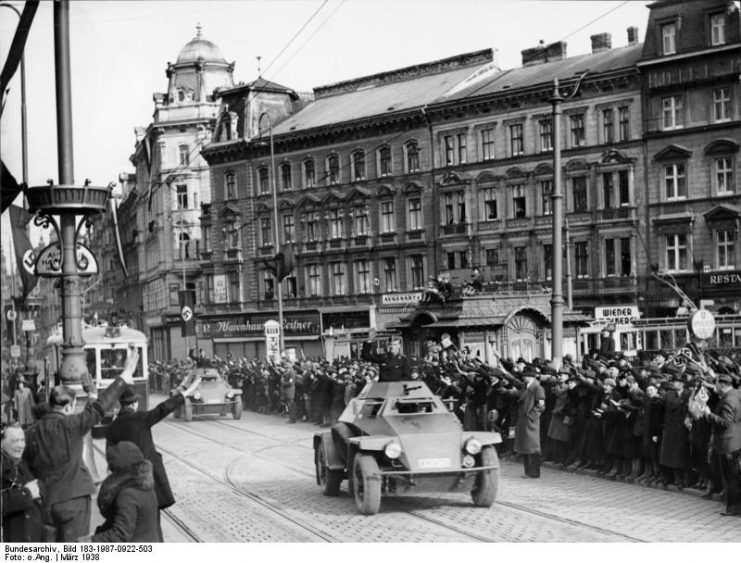
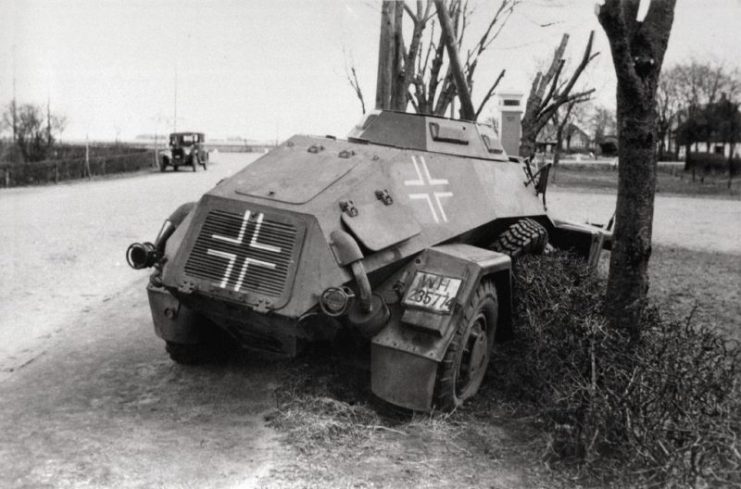
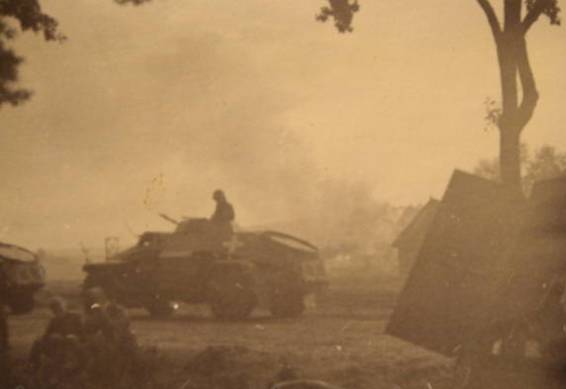
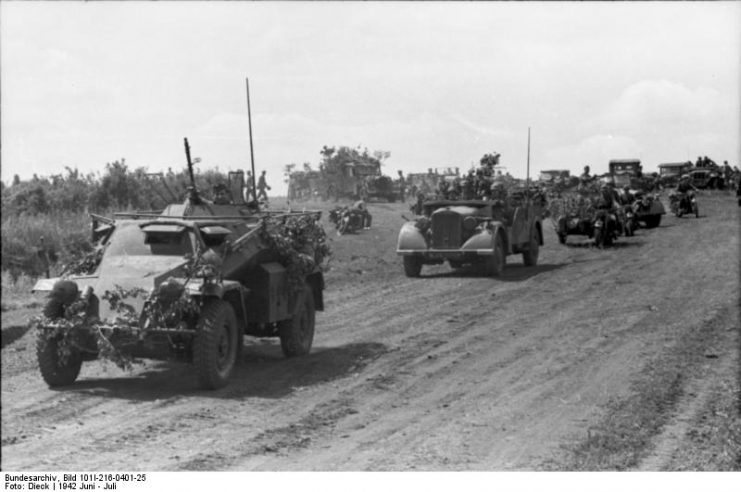
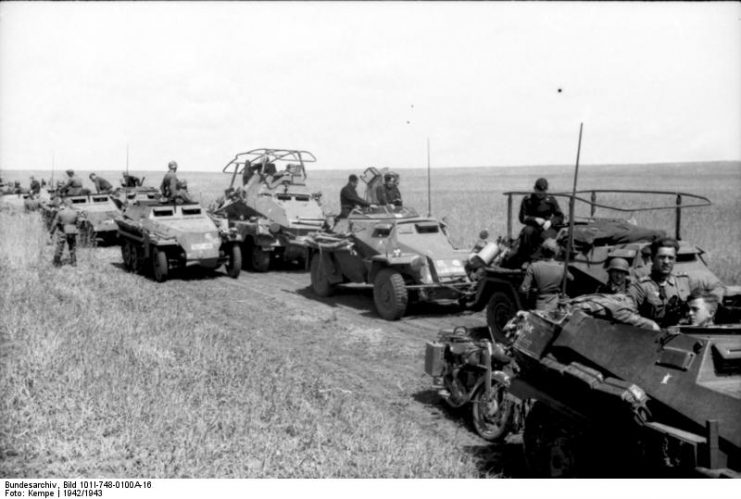
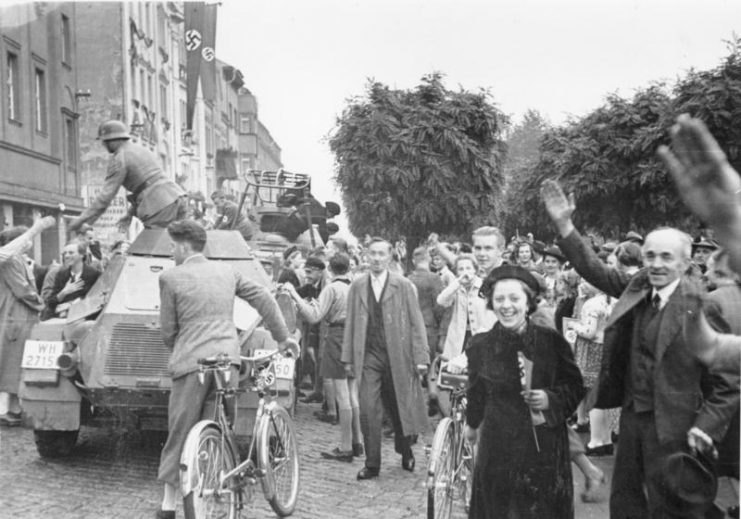
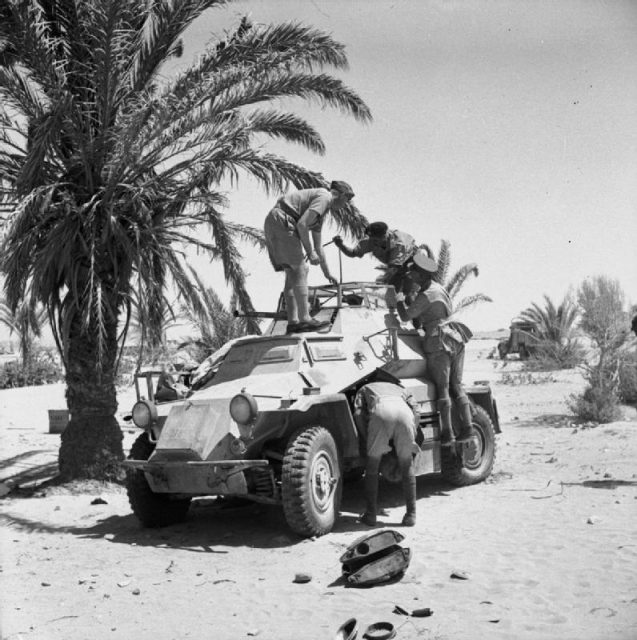
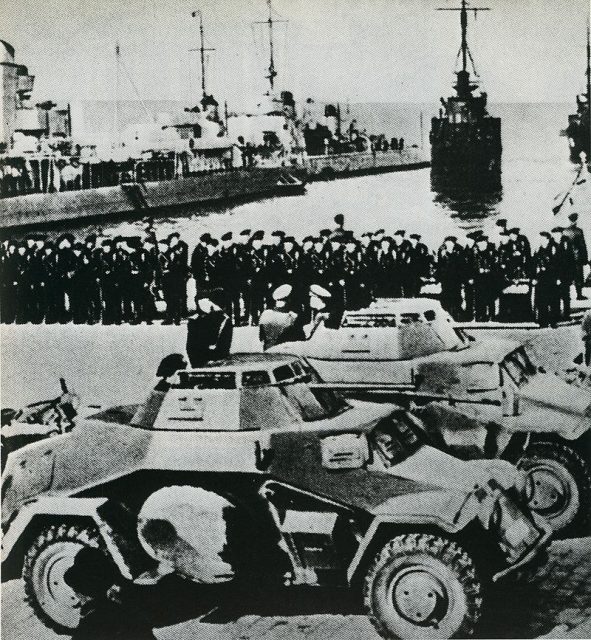
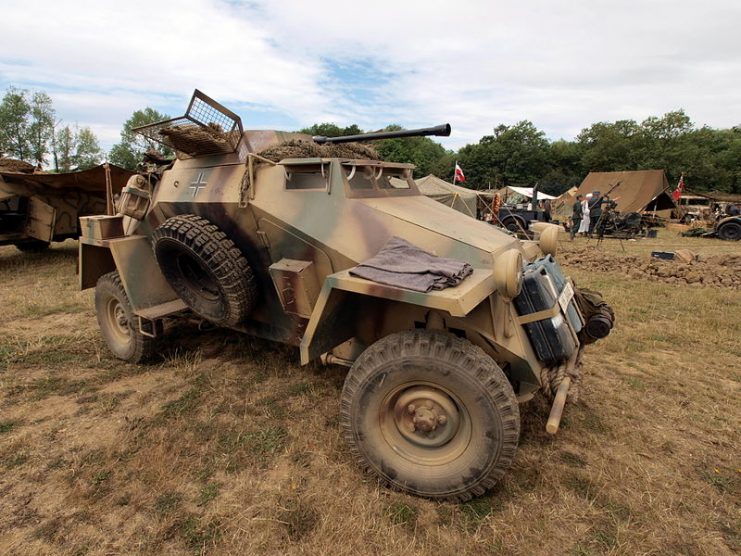
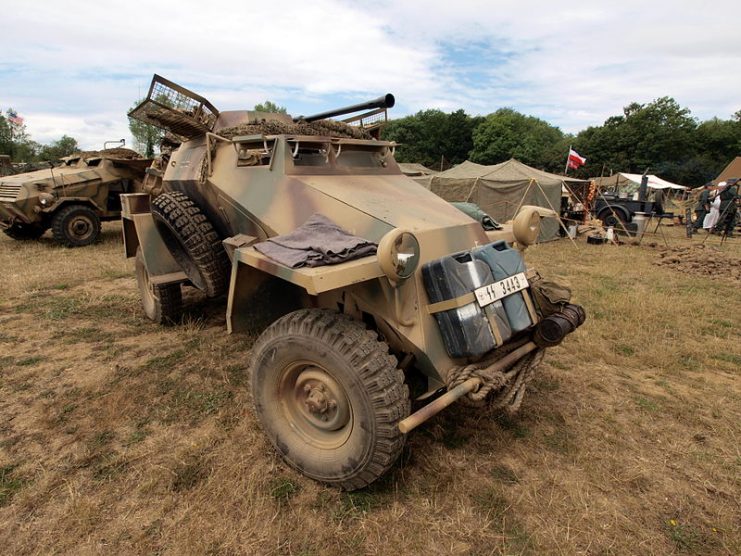
The Sd Kfz 222
A plan was made for improvements on the Sd Kfz 221 in 1936.
The new prototype was built by Eisenwerk Weserhütte. The Einheits-PKW chassis of the Sd Kfz 221 was replaced by the chassis of the Horch 108 standard heavy off-road car. It was given a sloped armored body as well as an angled turret and a rear mounted engine.
In addition to the 7.9mm machine gun, a 2cm KwK 30 L/55 cannon was added to the Sd Kfz 222. The crew number was increased to three men, with the third man being the gunner. The Sd Kfz 222 served the Germans for various purposes during the Second World War.
About 990 units of this vehicle were produced.
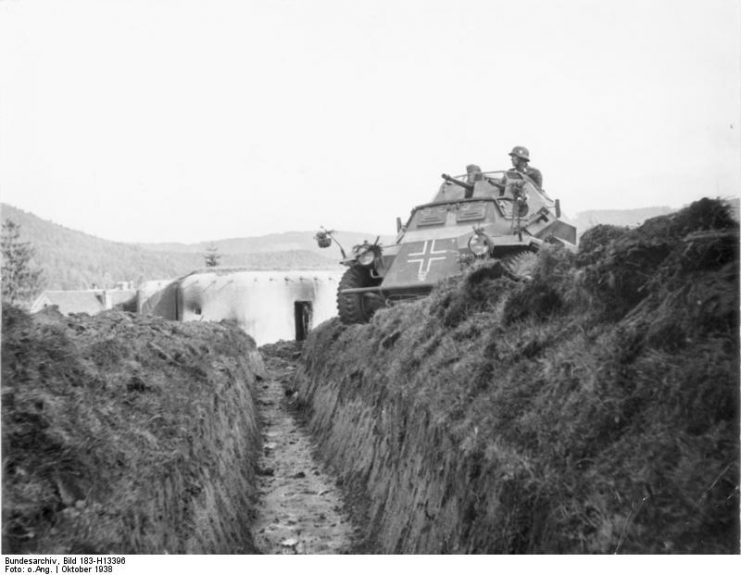
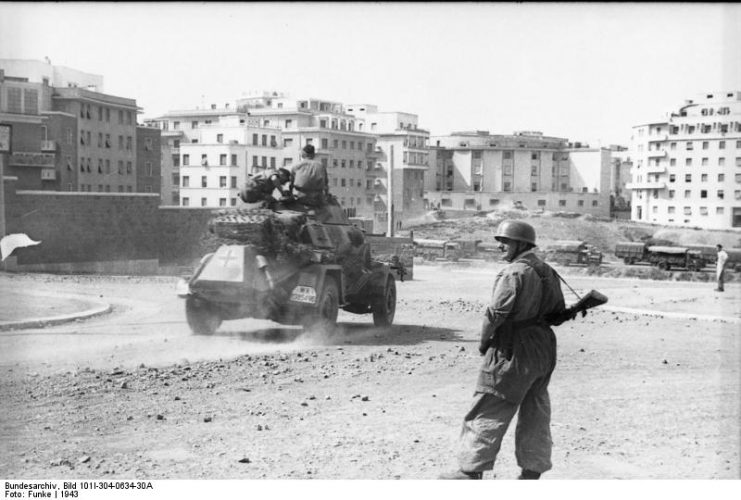
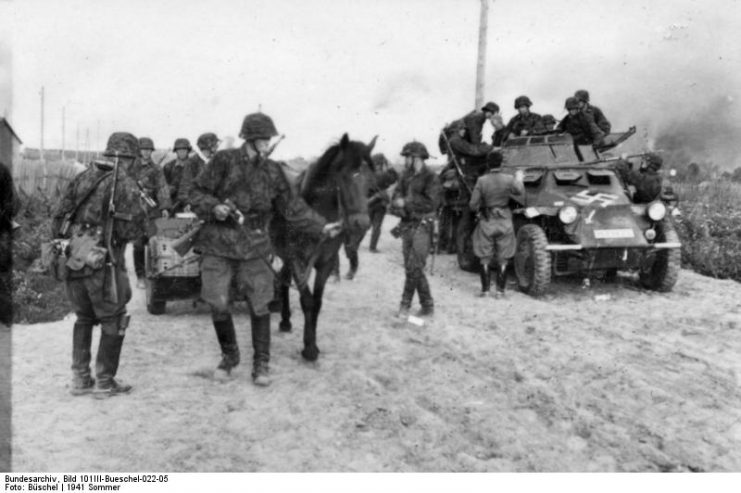
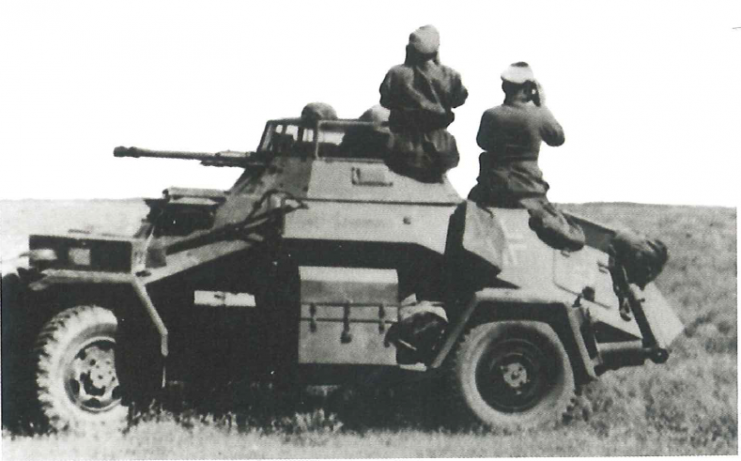
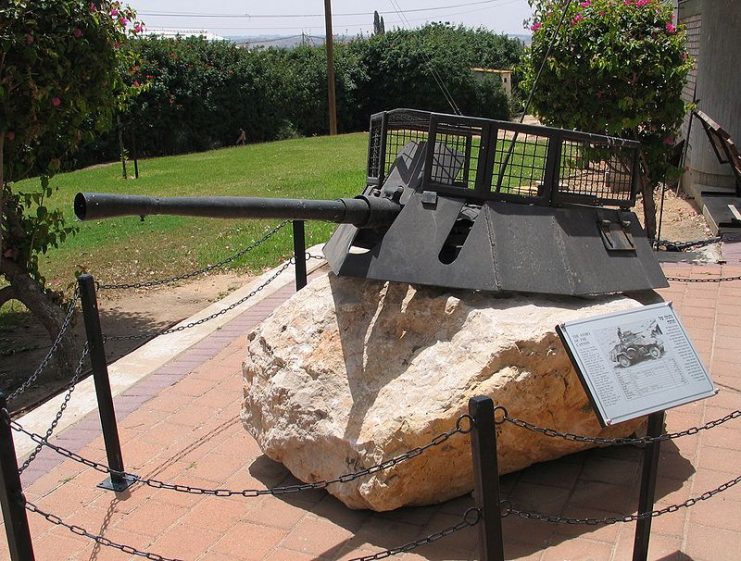
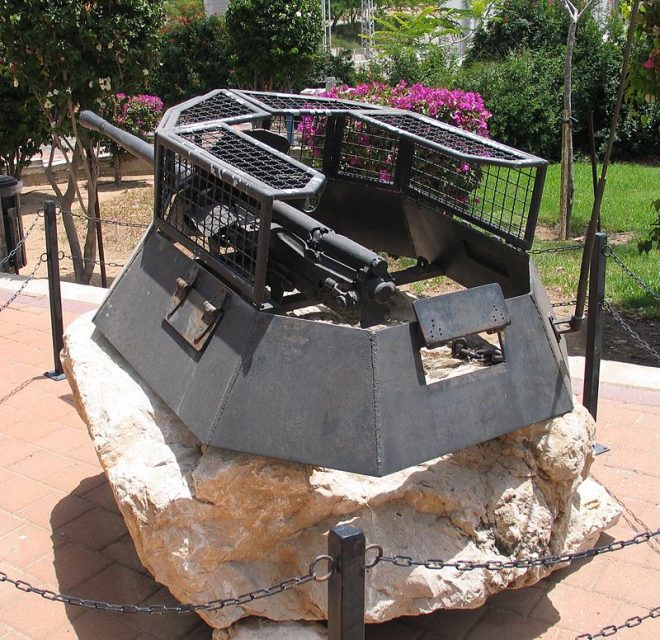
The Sd Kfz 223
The Sd Kfz 223 was basically the Sd Kfz 221 with some extra features like a frame antenna and a medium range radio.
However, in 1938, the 7.9mm machine gun was replaced by an MG 34 machine gun. Like the Sd Kfz 222, the crew size was three, with one man functioning as the radio operator.
About 567 units of this variant were produced between 1935 and 1944.
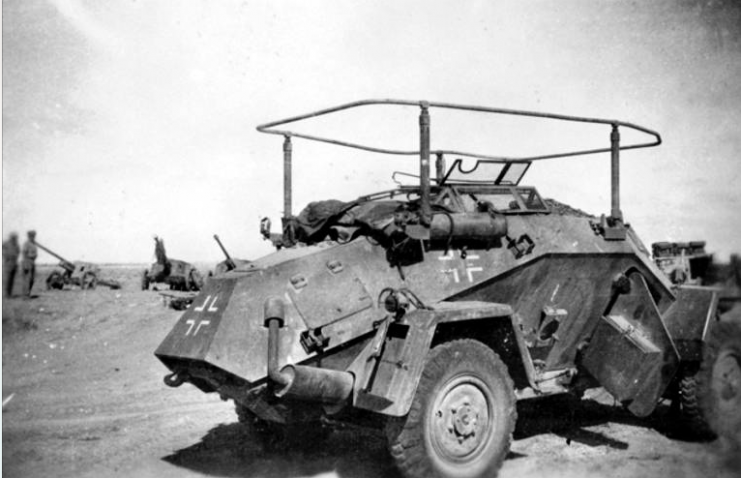
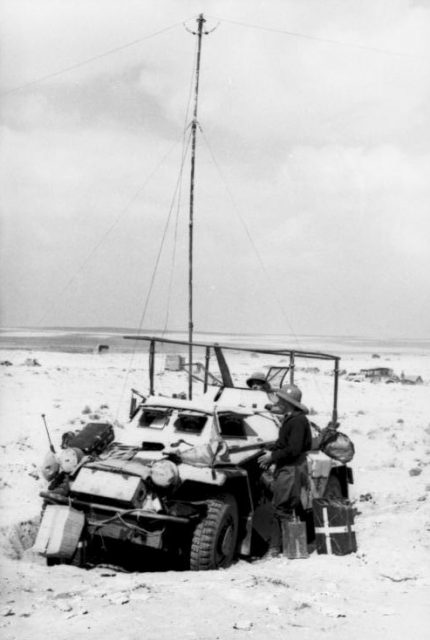
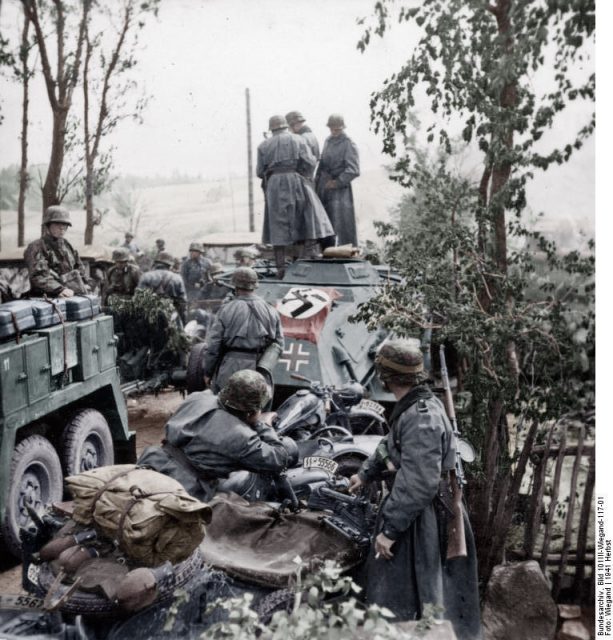
Read another story from us: Backbone of Blitzkrieg – The German Opel Blitz Truck in 20 Photos
